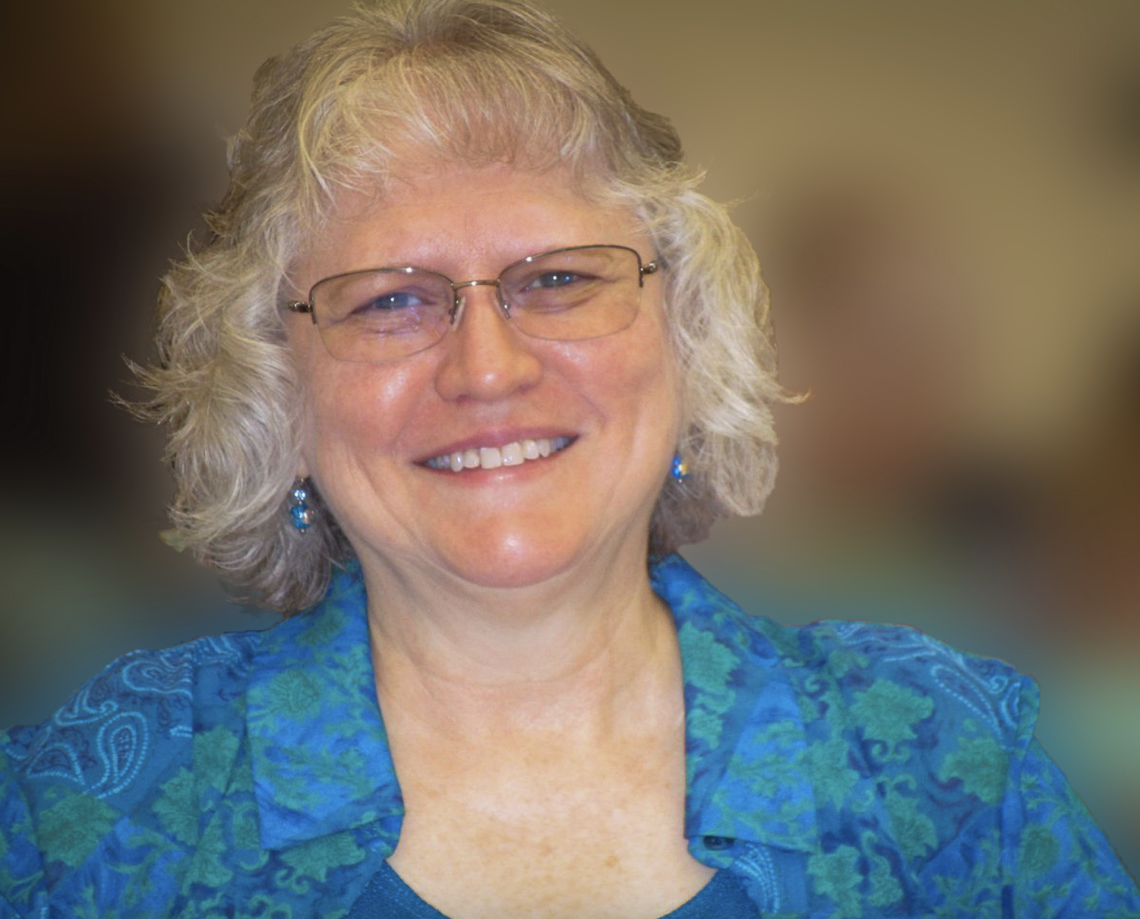Teresa Lappin retires after nearly 30 years of innovation at Steward Observatory

After nearly three decades at Steward Observatory, Teresa Lappin retires with a lasting legacy—from technology for probing dark energy, to life-saving lightning detectors.
This month, Teresa Lappin retires after nearly 30 years at Steward Observatory. Teresa has been responsible for many aspects of image sensor processing for the Imaging Technology Laboratory (ITL) and is a world class expert in the deposition of thin films and the cleaning of semiconductor surfaces.
“We are the living force called Steward Observatory," Lappin says. "The discoveries we make depend on the important relationships we have with others.”

Teresa Lappin started the outreach group “Starry Messengers” for the Tucson Amateur Astronomy Association. During the school year, TAAA reaches about 1500 kids each month.
Teresa has been involved in the backside processing of CCDs for ground-based projects such as the Vera C. Rubin Observatory camera, the DESI blue cameras, and the VIRUS spectrographs on the Hobby-Eberly Telescope Dark Energy Experiment. Her space-based project support includes the NOAA GOES weather satellites, the Deep Space Climate Observatory, the TEMPO and GEMS atmospheric monitoring missions, and the recently launched NASA PACE Ocean Color Instrument. Teresa has also supported Steward Observatory cameras by processing sensors for 90prime, Mont4k, the MMT Spectrograph, LBTO PEPSI, VATT4k and VattSpec. Before coming to Steward Observatory Teresa worked at SAO in support of the VERITAS gamma-ray project.
“Teresa’s expertise and dedication will be greatly missed,” says Michael Lesser, Director of the Imaging Technology Lab.
Read Teresa’s full interview below:
What brought you to astronomy, and to Steward Observatory?
I've had an interest in space since I was a child. I developed a love of astronomy in middle school. I built my first telescope while in high school, second one while in college. I wanted to be an astronomer and started as an astronomy major at the UofA, but graduated with a B.S. in Physics from the UofA. I worked for the Gamma Ray Project at Whipple Observatory for 7 years before starting work with the then CCD Lab (now ITL) in 1996.
Can you describe your research?
My area of specialty is vacuum deposition of antireflection coatings, primarily for detectors using in ground-based astronomy, but we've also produced UV detectors for industry applications as well as detectors for satellites studying the Earth. The challenging part of my work is hitting the desired coating thickness to match a sponsor's application. For some projects, a thickness error of 10 or 20 Angstroms has a negative impact on how the imaging device will work. Cleanliness is also important, so much of the work is performed in a cleanroom.
For several years, I've also been part of the Steward Observatory Safety Committee. This role is very meaningful to me as safety is a way to show care for others. As in many jobs, coworkers become friends, and I want them to go home to their families each evening, healthy and safe. In 2007, I helped a coworker choking on a grape. For my quick action, I received Steward Observatory's Spiritus Award.
What's your greatest point of pride from your time at Steward?
ITL made the detectors for the lightning detectors in the NOAA GEOS satellites. The satellites, I believe there are four of them covering the western hemisphere, can detect cloud-to-cloud and cloud-to ground lightning strikes. This helps forecast severe storms. I feel I've made my best contribution to mankind through this effort. Who knew I'd be part of a project that likely can save lives.
How do you spend your time outside of Steward?
I joined the Tucson Amateur Astronomy Association while in high school. I currently schedule speakers for our monthly meetings, inviting researchers from Steward Observatory, LPL, and Kitt Peak. Tucson is a wonderful place for amateur astronomy. I also started the TAAA's outreach group, Starry Messengers. We do many outreach activities at schools and community events like the Book Festival. The TAAA reaches about 1500 kids each month during the school year. Hopefully, some will consider a science career. My other hobbies are photography and bird watching.
Can you share piece of wisdom from your time at Steward Observatory?
I'm reminded of something said by A.E. Douglas, Steward's first director, at the dedication of the observatory. I copied this from the SO website copy of a newspaper article: "A dedication like this symbolizes the completion of a material part. But a dedication is dual, in being part material and part spiritual. The material part is the building of brick and steel and glass which you see; the spiritual part is the living human force which enters this Observatory and makes it live." So, my bit of wisdom is that we be reminded that we are the living force called Steward Observatory, and that we recognize the work we do and the discoveries we make depend on the important relationships we have with others.

Teresa Lappin pictured in the ITL cleanroom
We're excited to celebrate the community of people who make Steward Observatory excel. Stayed tuned for more Spotlight profiles, and follow our social media channels for more insight into the lives of our students, staff and faculty.

